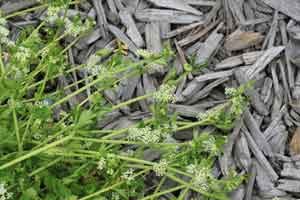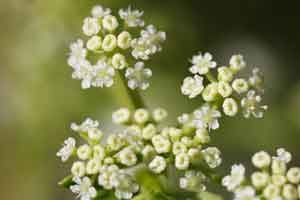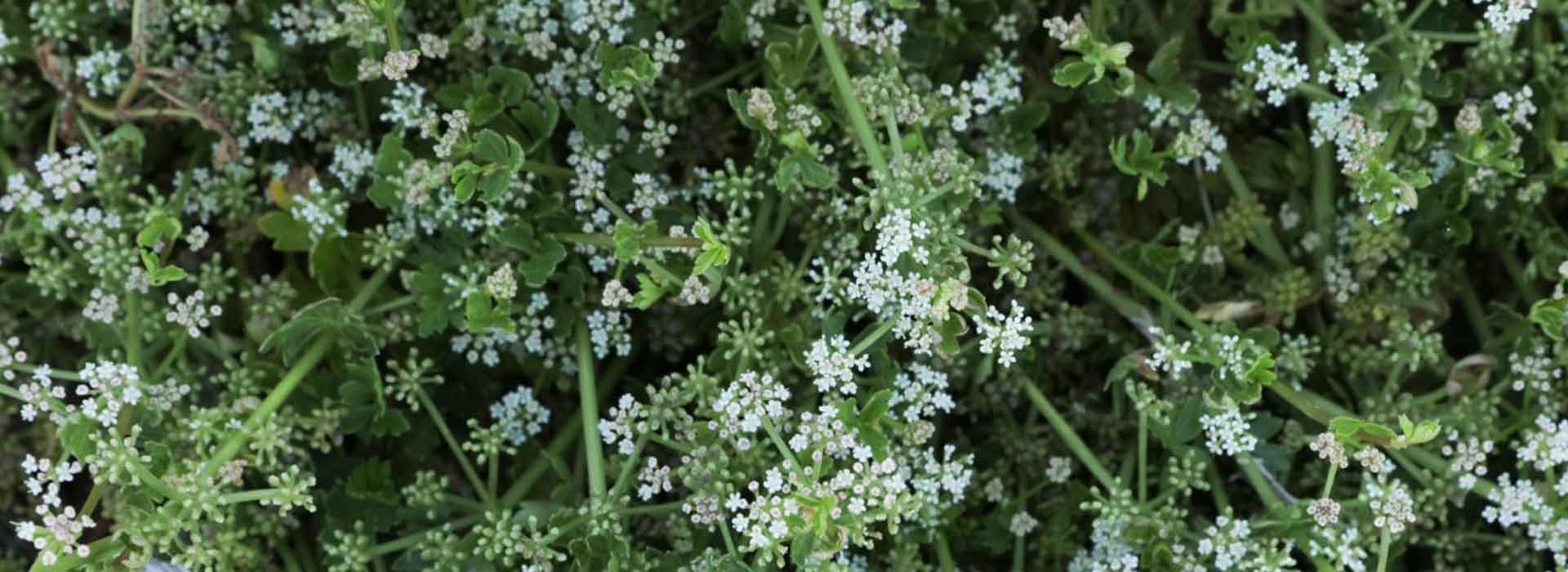Sea Celery - an Indigenous Edible Plant
When we think about native foods, or bushfood we often miss the nuances of what each one means. Many (if not all) are inextricably linked to Aboriginal culture and heritage, both before invasion and what followed after Europeans came. Much of the knowledge we know today, has been stolen from these roots, or comes from the knowledge of Europeans in times of starvation. These Europeans, in a foreign land were too ignorant to appreciate the knowledge the First Nations people held, a complex understanding of how to utilise the suite of plants at hand, essentially providing them with what we would liken to a modern-day supermarket.
 One such bush food is the Sea Celery Apium prostratum. This bush food tells the story of the harsh reality and blindness a lot of early Europeans felt and experienced when first coming to Australia. Captain Cook used this herb to stave off scurvy, and to many was a “survival food” when first coming to Australia. Instead of seeing what was before them, this small herb looked familiar, it itself is a relative of the parsley we all use in our garnishes for soups and stock. This is not to say it wasn’t used by the First Nation people, but they had the whole supermarket to use, not just the European aisle of familiarity.
One such bush food is the Sea Celery Apium prostratum. This bush food tells the story of the harsh reality and blindness a lot of early Europeans felt and experienced when first coming to Australia. Captain Cook used this herb to stave off scurvy, and to many was a “survival food” when first coming to Australia. Instead of seeing what was before them, this small herb looked familiar, it itself is a relative of the parsley we all use in our garnishes for soups and stock. This is not to say it wasn’t used by the First Nation people, but they had the whole supermarket to use, not just the European aisle of familiarity.
Today Sea celery can be used in a similar way. Sea Celery is native in all states and also occurs in New Zealand and South America. It is often found growing in coastal areas or along creeks extending inland. It is an annual/bi-annual which produces lots of green leaves that can be used as a substitute for parsley.
Position
Sea Celery is quite an adaptive plant. It can grow in full sun to part shade. As it is an annual/biannual herb it grows well in pots as well. It can be grown in a largish pot, with up to three per pot to give you a constant supply of leaves. It can tolerate light frosts.
Pests and Diseases
Sea Celery is susceptible to the same pests and diseases of many herbs. Watch out for aphids on new growth and whitefly when it is warm. It is pretty resilient though so don’t expect to get too many pests or diseases.
Flowering and seeds
 The Sea Celery sends up white clusters of flowers on umbels (it is a member of the Apiaceae family known for umbel arranged flowers) in late spring with seeds that can be collected in mid-late summer.
The Sea Celery sends up white clusters of flowers on umbels (it is a member of the Apiaceae family known for umbel arranged flowers) in late spring with seeds that can be collected in mid-late summer.
Pruning and propagation
As with all herbs, constant picking of leaves will help the plant bush up. When it has flowered, wait for it to set seed, to collect for propagation, and then cut the flower stalk off. If it has a good root system you will get one more year out if it, if it hasn’t sow the seeds fresh and replace the plant with the new seedlings that will come up in 3-4 weeks.
Uses
Sea Celery is a great addition to soups, stocks and flavouring quiches. It is quite a strong herb reminiscent of Italian parsley so use sparingly so the flavours blend but not overwhelm. It high Vitamin C content also makes it a great addition to smoothies and fruit drinks to give you an extra shot of Vitamin C.



